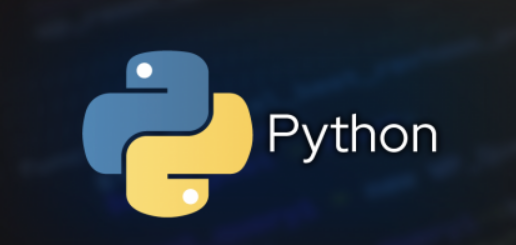
Enquire Now
Duration : 5 Months / Mode : Part Time
ABOUT [PYTHON]
Python is a high-level, interpreted programming language known for its simplicity, readability, and versatility. Developed in the late 1980s by Guido van Rossum, Python has since become one of the most popular programming languages worldwide. Here are some key aspects of Python:
Clear and Readable Syntax: Python’s syntax emphasizes readability and simplicity, making it easy for beginners to learn and understand. Its code is typically more concise compared to languages like C++ or Java, which can lead to increased productivity and easier maintenance.
Interpreted Language: Python is an interpreted language, meaning that code is executed line by line by an interpreter, rather than compiled into machine code. This makes Python highly portable and suitable for interactive development and rapid prototyping.
Dynamic Typing: Python is dynamically typed, allowing variables to be assigned without declaring their type explicitly. This flexibility simplifies development but may also lead to certain types of errors if not managed carefully.
Multi-paradigm: Python supports multiple programming paradigms, including procedural, object-oriented, and functional programming styles. This versatility allows developers to choose the most appropriate approach for each project.
Extensive Standard Library: Python comes with a comprehensive standard library that provides modules and functions for a wide range of tasks, from file I/O and networking to data processing and web development. This rich set of libraries reduces the need for third-party dependencies and simplifies development.
Third-party Libraries and Ecosystem: Python has a vast ecosystem of third-party libraries and frameworks developed by the community to extend its capabilities. Popular libraries include NumPy for numerical computing, Pandas for data analysis, Matplotlib for data visualization, Django and Flask for web development, TensorFlow and PyTorch for machine learning, and many more.
Cross-platform Compatibility: Python runs on various operating systems, including Windows, macOS, and Linux, making it highly portable. This enables developers to write code on one platform and deploy it on another without modification.
Strong Community Support: Python has a large and active community of developers who contribute to its development, provide support through forums and online communities, and create tutorials and documentation to help others learn the language.
Integration and Extensibility: Python can be easily integrated with other languages such as C, C++, and Java, allowing developers to leverage existing codebases and libraries. Additionally, Python’s C API enables developers to write high-performance extensions in C or C++ for critical performance-sensitive code.
Continuous Development: Python continues to evolve with regular releases and updates. The Python Software Foundation oversees the development of the language, ensuring that it remains relevant and competitive in the rapidly changing landscape of software development.
Overall, Python’s simplicity, readability, extensive libraries, and vibrant community make it a popular choice for a wide range of applications, including web development, data science, machine learning, automation, scientific computing, and more. Its versatility and ease of use have contributed to its widespread adoption and continued growth in popularity.